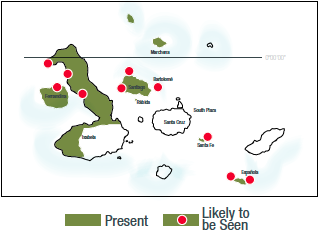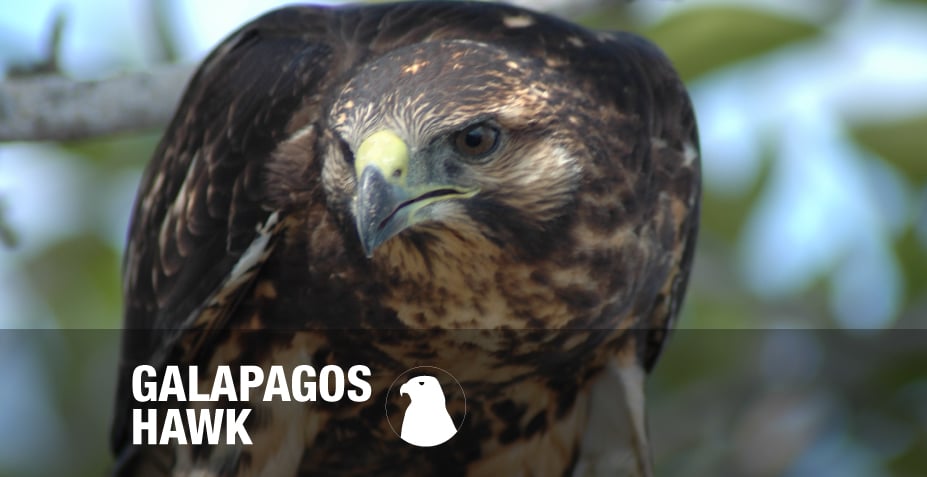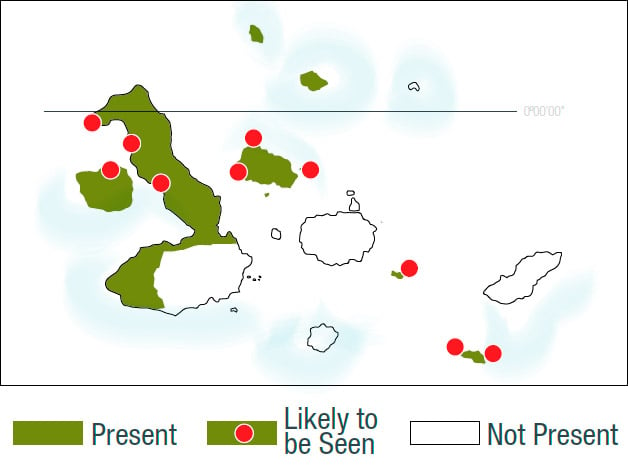The Galapagos BIG15
GALAPAGOS HAWK

They are present on most islands, but uncommon, with perhaps 150 breeding pairs. While they are unafraid of humans, people caused their extinction on Santa Cruz, Floreana, Southern Isabela, and San Cristóbal by introducing rival predators and through outright hunting. They are also absent on Genovesa. This natural exclusion seems to be linked to the fact that Genovesa has no lava lizards, the key food species of Galapagos hawks. They also prey on young land and marine iguanas, hatchlings of tortoises and sea turtles, as well as insects like locusts and centipedes. They may hunt in groups of up to three hawks and sometimes feed on carrion.
Of course, given the nature of diversity on the Galapagos Islands, the hawks show a significant variety of sizes, with wingspans ranging from 116cm (46 inches) on Marchena to the largest, with 140cm (55 inches), on Española.
Share Galapagos BIG15 with your friends:
Download a free digital copy of our Galapagos BIG15 brochure!

Click on the Image to Navigate


